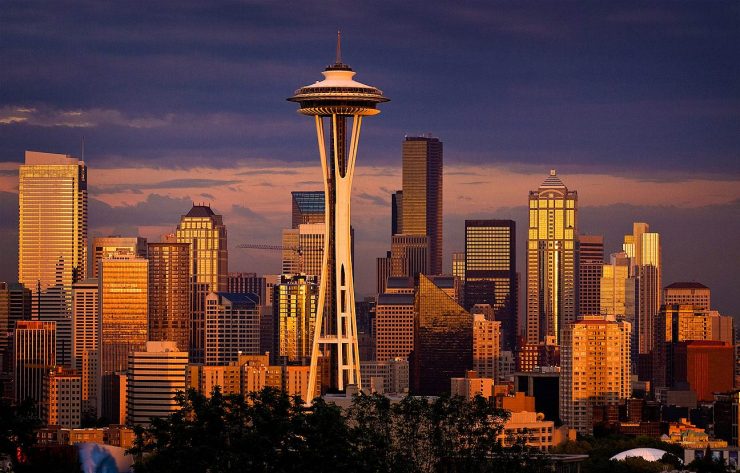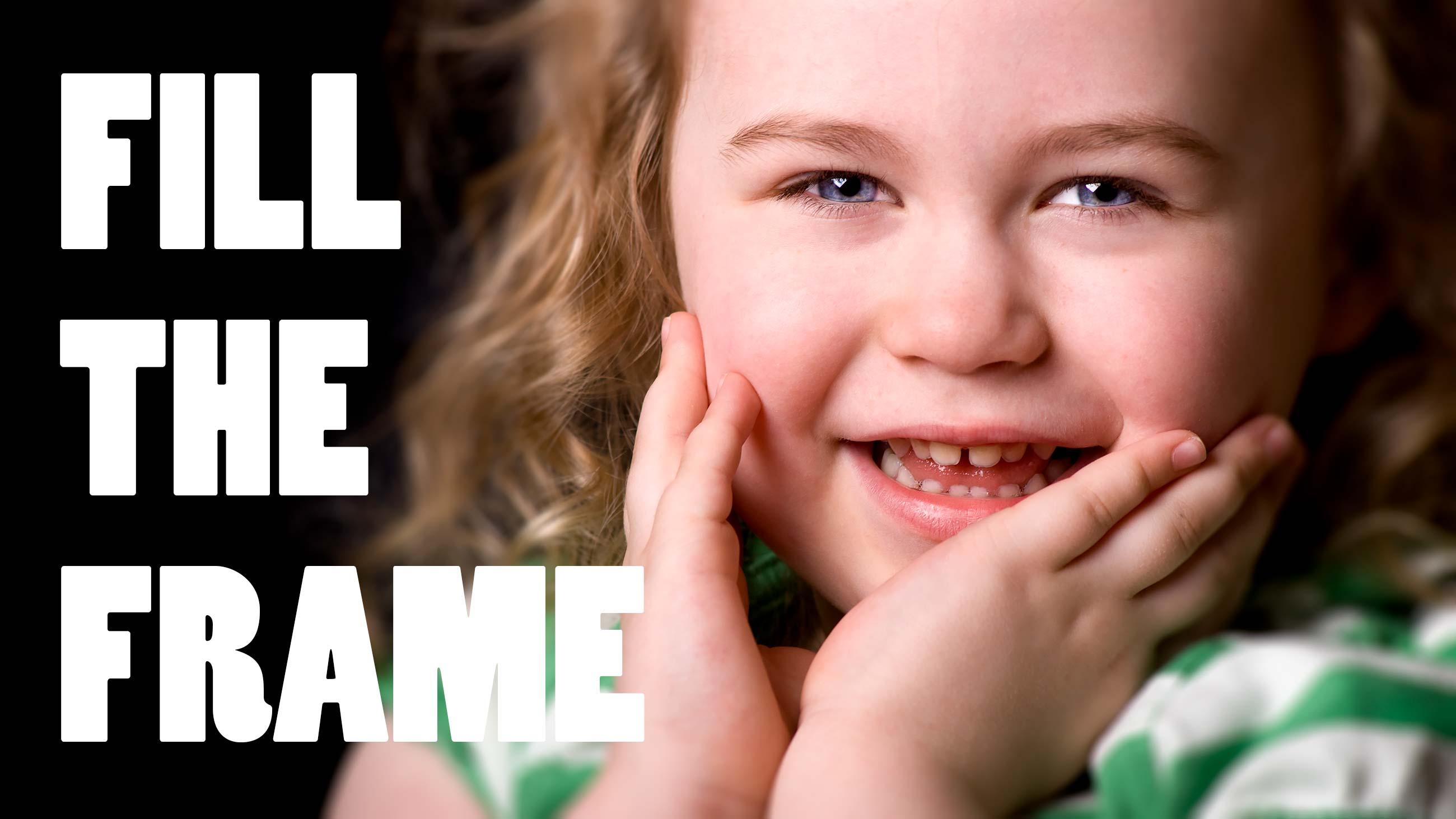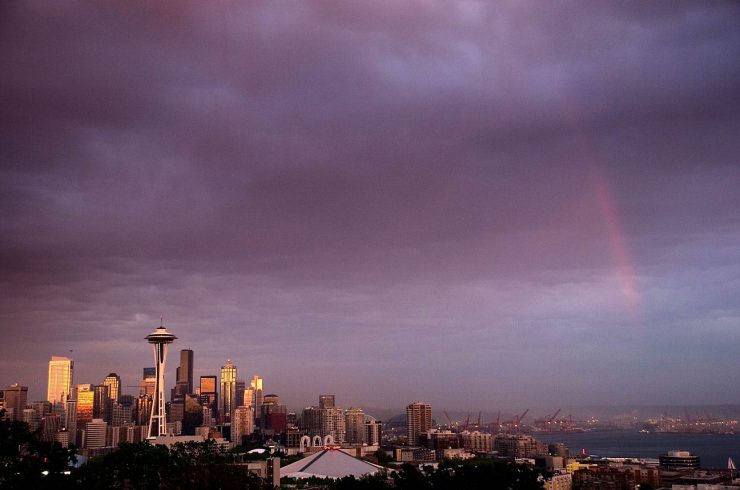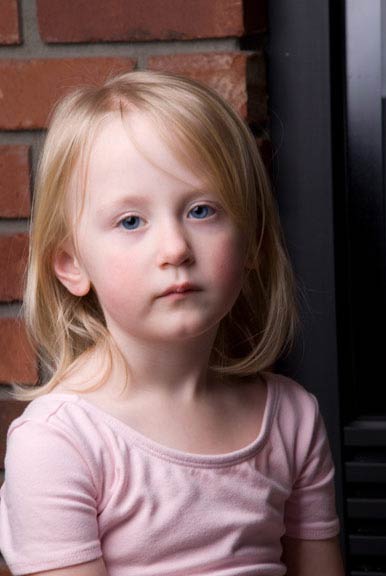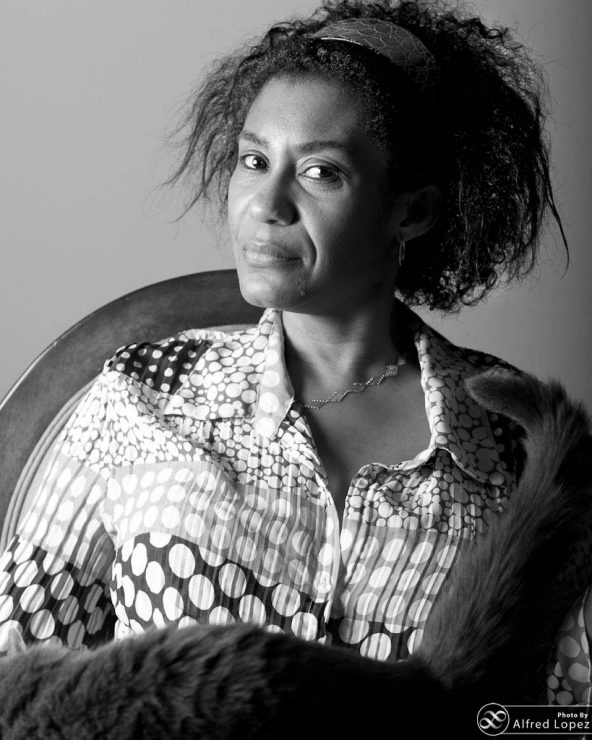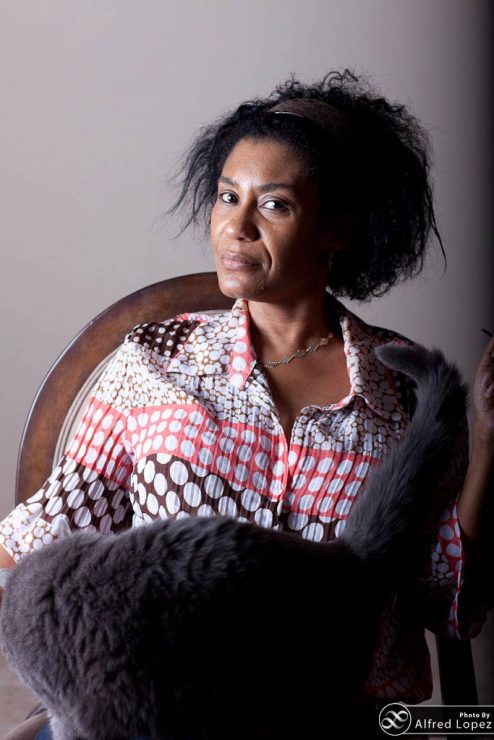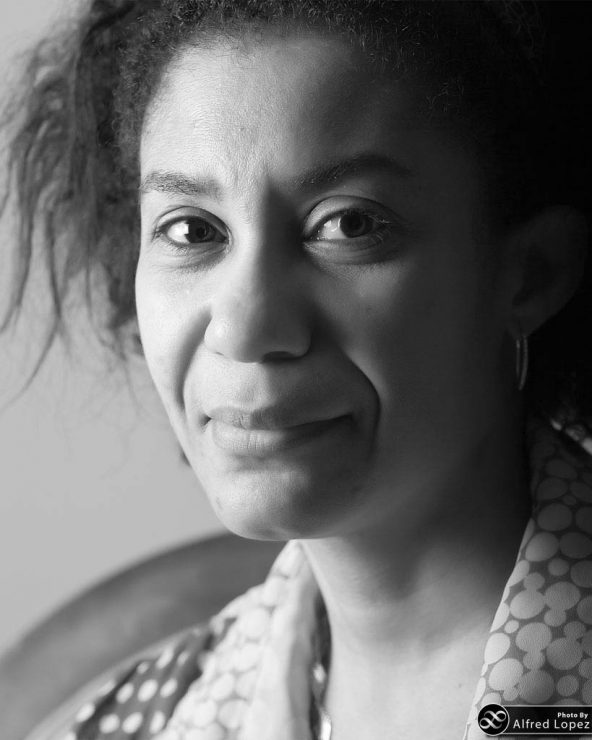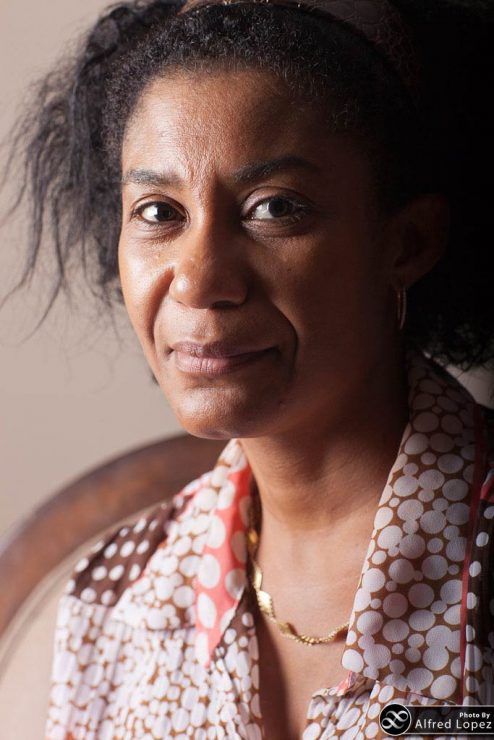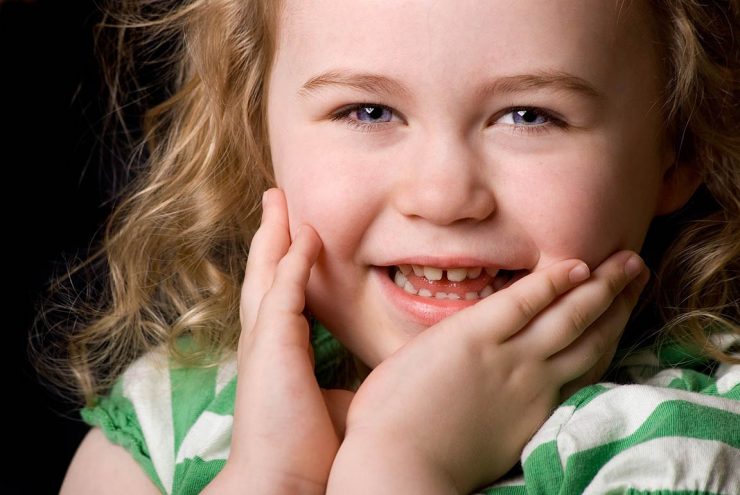Perhaps the most fundamental step in photographic composition is deciding what to include in your image and what to exclude. Most novice photographers make the mistake of including too much extra “stuff” in their photos: too much background, too many people, and even too much of the subject. Including extra detail in the image frequently distracts the viewer from the subject and creates an image that is too “busy” to have impact.
So, a general rule is: Unless you have a good reason to do otherwise, you should fill as much of the frame as possible with your subject.
The photo editor at the Seattle Times told me (at a seminar, when I was still in high school) that any time I find myself wanting to step back from my subject, or zoom-out, I should stop and compose a photo where I am. Being visually close to a subject or situation helps the viewer to feel physically close and emotionally connected, and of course, it allows us to see expressions and details that we’d otherwise miss.
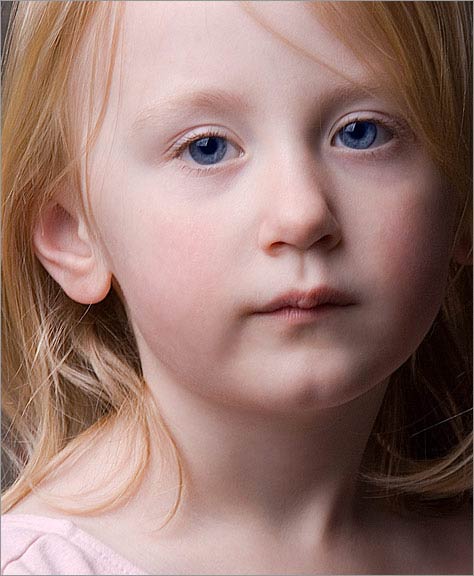

Of course, there are plenty of good reasons to do otherwise, and they depend heavily on what you’re trying to accomplish with your photograph. In portraiture, don’t be afraid to crop off part of your subject’s head and focus entirely on the features of the face… unless you’re doing an environmental portrait, and are trying to say something about the subject by showing his or her surroundings, for example.
As you can see in the photo to the right, though, sometimes a very average-looking scene can produce a nice little portrait (above) if you focus on what’s really important in the image, and of course, the light. In this case, I had set up lights for a shot nearby, but I noticed that the light was spilling onto Hannah, who was sitting in front of the fireplace and watching what I was doing… and she didn’t run away when I turned my camera in her direction.
When composing a photograph I look at all of the areas surrounding the subject (or if there isn’t a well defined subject, I simply evaluate each unit in an imaginary grid) and ask myself:
- Does this area add anything to the story I’m telling with the image? Does this area tell me anything about the subject?
- Is this area visually distracting from the subject, or is it interesting enough to be made a co-subject of the photo?
- Can I crop this area out of the photo and still maintain the balance and feeling conveyed by the image?
In some cases, especially when you don’t have time to compose in the field, you’ll have to fill your frame by cropping in post production… sometimes quite heavily. That’s ok. Remember, it’s always better to get a great photo that you have to print small than to only get a mediocre shot that’s not worth printing at all.
And don’t forget that you should also be combining this rule with the others, when applicable: with portraits, for example, you may still benefit from placing the subject’s eyes on one of the “thirds” lines.
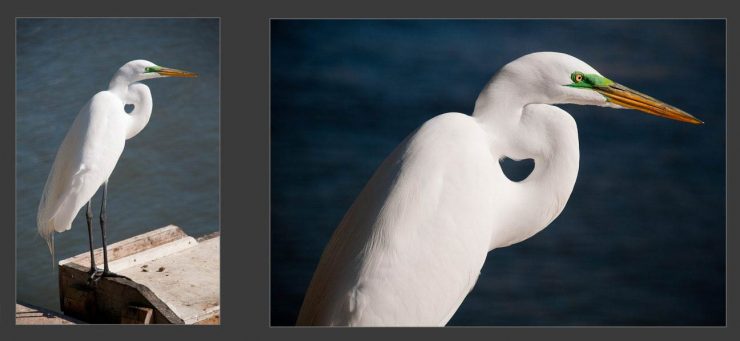
Examples!
Again, rather than filling this gallery with my own images, I’d like to see some of yours! They don’t need to be artistically or technically perfect… simply email me your photo (any size) that is a clear example of “Filling the Frame”, and I’ll add it to the gallery below. Please also include how you’d like your name to appear in the byline, either as your username here, or your real name. If it helps illustrate what you’ve done, submit two photos, either an original and a cropped version of the same shot, or two photos from the same shoot that show the improvement made by filling the frame.
